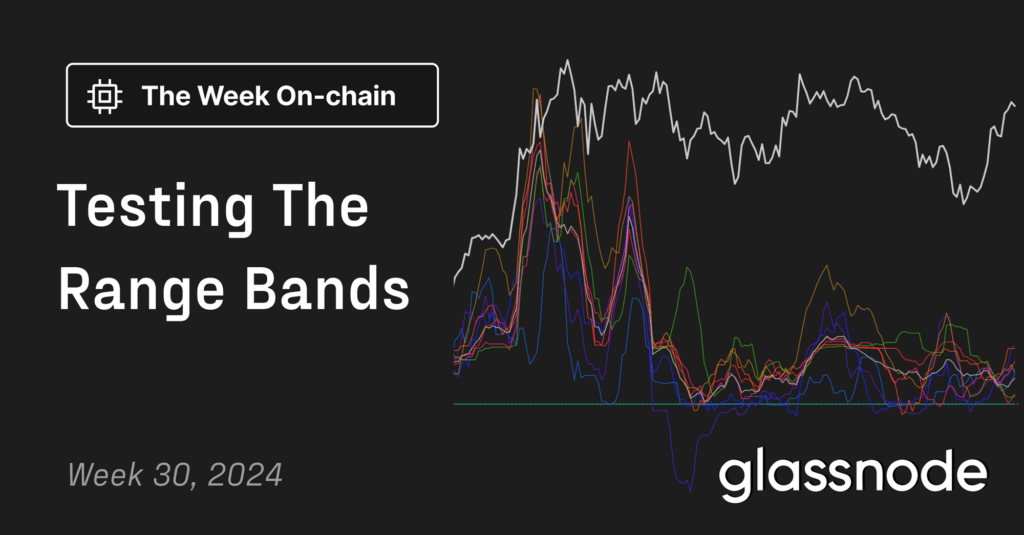Research Summary
The report discusses the concept of metaverses, their potential impact on industries, and the factors driving their adoption. It delves into the role of metaverses in addressing the needs of Generation Z, the importance of digital identity, and the technological advancements required for effective metaverse experiences. The report also highlights the challenges of interoperability and the role of blockchain technology in the metaverse.
Key Takeaways
Understanding Metaverses
- Metaverses as the Future of the Internet: The report defines metaverses as the future version of the internet, blending reality and virtuality. They offer immersive spaces, collaboration platforms, social experiences, and opportunities for creators and artists.
- Addressing Generation Z’s Needs: Metaverses cater to Generation Z’s need for connectivity and stimulating experiences. They offer a more immersive and engaging social experience compared to traditional social media, facilitating self-expression and deeper connections.
Role of Digital Identity
- Digital Identity in Metaverses: Metaverses offer a new frontier for digital identity and self-expression. Users can curate avatars, design personal spaces, and interact with the environment and community. This is particularly appealing to Generation Z, who embrace digital identity as an extension of themselves.
- Popular Metaverse Platforms: Platforms like Roblox, Zepeto, IMVU, and Rec Room are popular among Gen Z users. These platforms are not just games but expansive virtual spaces where users can play, socialize, create, explore, and participate in virtual economies.
Technological Advancements for Metaverse Experiences
- Overcoming Limitations in Scaling and Processing Power: Advancements in distributed compute software platforms and edge computing are needed to overcome limitations in scaling and processing power in metaverse experiences. Companies like Metagravity are developing models to host large numbers of concurrent users in virtual worlds.
- Role of Edge Computing and 5G: Edge computing reduces data latency and offloads computational tasks from users’ devices. High-speed mobile networks like 5G are crucial for a fully functional metaverse, but reliable coverage remains a challenge. The transition to 6G is anticipated to be critical for metaverse adoption.
Interoperability and Blockchain Technology
- Challenges of Interoperability: Interoperability across virtual worlds is a challenge due to technical and business incentives. Efforts are being made to establish interoperability standards, and some metaverse platforms already accept open-sourced standards for in-game avatars.
- Role of Blockchain Technology: Blockchain technology can streamline interoperability by providing a neutral and verifiable infrastructure for asset data stored within NFTs. Platforms like Emergence and Reneverse leverage NFTs for cross-game compatibility.
Actionable Insights
- Investigate the Potential of Metaverses: Given the growing interest in metaverses, it’s crucial to understand their potential impact on various industries and their role in addressing the needs of Generation Z.
- Explore Technological Advancements: Companies should explore advancements in distributed compute software platforms and edge computing to overcome limitations in scaling and processing power in metaverse experiences.
- Consider the Role of Blockchain Technology: Blockchain technology can streamline interoperability in the metaverse. Companies should consider how they can leverage this technology to facilitate cross-game compatibility and true ownership of digital assets.












